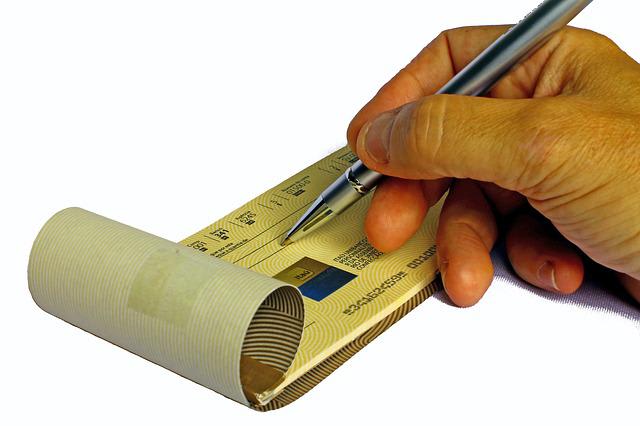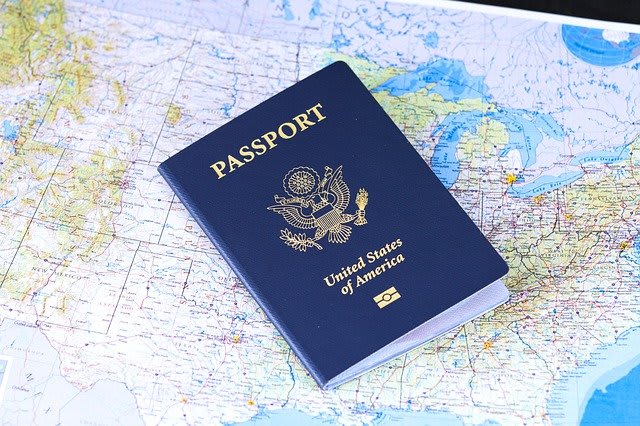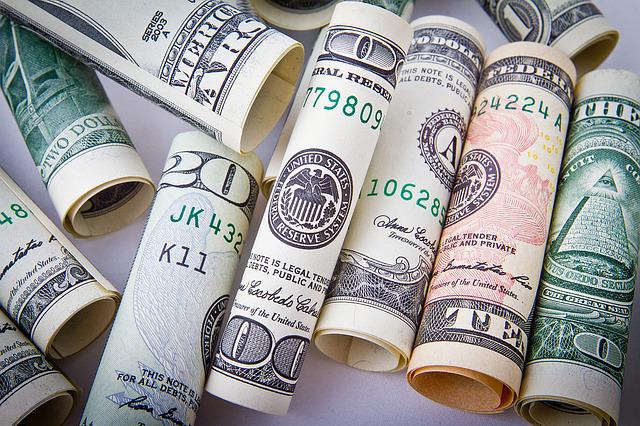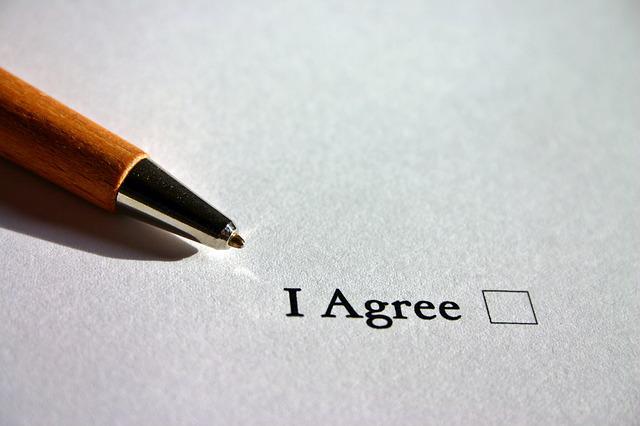Everything You Need to Open a Bank Account

Most people find they need a bank account in order to function successfully in today’s world. For example, many employers no longer offer paper checks, so employees either have to have a bank account or use a payroll debit card of their employer’s choosing. Some utilities no longer have offices, meaning all payments have to be made via some form of electronic payment. Or perhaps you have a checking account but find you are no longer being well served by their current bank or credit union.
When thinking about opening a bank account, it’s a good idea to decide what’s important to you. Do you want an app with all the bells and whistles that will allow you to manage your money directly from your phone? Is having a local branch important to you, or are you happy to conduct all your banking business online? The answers to these questions will help you decide what bank you should open an account with.
Get Organized

Banks are required to confirm your identity when opening an account. They will ask for proof of your name, birth date, address, and Social Security number. If you are opening an account in person, you’ll want to take the following documents with you to the bank. If you are opening an account online, snap pictures of these documents with your phone and be prepared to upload them as part of the account opening process.
- Picture ID: Every bank is going to require some sort of official picture identification. Usually, people use their driver’s license or state identification card. Passports also work! People who live in the United States but are not citizens can get identification cards from the consulate of their country of origin. Not only does this document confirm your name, but some banks also use it for proof of date of birth and address.
- Proof of Address: Sometimes, banks require additional proof of your address. A current bill, voter registration card, or automobile registration document will suffice.
- Social Security Number: The easiest way to prove your Social Security number is with your card, but you can also use a current W2 or 1099 form at most financial institutions.
- Name Change Documents: If your name has recently changed for any reason (marriage, divorce, or any other occurrence) you’ll want to have proof of the change. Typically, banks and credit unions use credit reporting agencies (like Equifax or Transunion) to confirm your identity. If these agencies have you listed under a different name, you’ll need to be able to explain the discrepancy.
Meeting Requirements
Some accounts have specific requirements that must be met to open them. Often, this is as simple as the amount of the opening deposit. Other times it’s simply proving your age (for an account aimed at senior citizens) or your current status in school (for accounts specifically for students). However, some financial institutions only work with very specific members of society. Credit unions usually have these types of guidelines. Prospective members must live or work in certain areas, work for certain employers, be a part of specific organizations, or be related to current members. Some credit unions and banks aimed at serving members of the Armed Forces are open to those currently serving, veterans, retired members, and their families. If you are opening an account at an institution with restricted membership, you’ll want to have the necessary documents proving your eligibility.
Prepare to Make an Opening Deposit

After being approved for an account, the next step is funding it. Opening deposits typically range anywhere from $10-$500. If you are opening an account in person, you can bring cash or a check. Those opening accounts online can sometimes mail in a check or use electronic methods like EFT or other bank-to-bank transfers to make their initial deposit.
Wind Up Your Old Account
If you are transitioning from one account to another it’s vital you properly wrap up your old account. Start by either grabbing a couple of statements or opening up the bank’s app. What things are paid automatically from your account? Once you have the list, determine if the money is automatically sent from the bank or if the other company has your banking info. Go into the bill pay tab and delete all payees to stop money from being by the bank. Then, go to all the various companies that automatically debit your account and input your new banking information. Don’t forget bills that you may pay quarterly or annually, like for automobile insurance or garbage pickup. Also, don’t forget streaming services like Netflix that charge your debit card each month! Leave enough money in your account so that any pending charges go through correctly. Once all pending charges have been paid, transfer out the remaining funds and contact your bank to officially close the account.
What about any leftover checks and your old debit card? Your safest course of action is to destroy them. Shredding them prevents other people from accessing your information. What if winding up one account and waiting for your new account to be fully funded creates a cash flow crunch? Remember loans are available to help you bridge the gap.
Setting Up Your New Account
Once you’ve started wrapping up your old account, it’s time to get going with your new account. The first thing most people want to do is change their direct deposit over to their new account. You can either submit a blank check from your new account to your employer or now many banks offer direct deposit letters that you can print off and submit. You’ll want to go into Billpay and set up the payees you pay often (utilities, loans, et cetera). Then, log into services that bill your debit card and update their information on file.
Understanding Your New Account

You will sign a lot of terms and conditions as you open and begin to use a new account. You must understand the basics before you begin using the account. Things to learn:
- Does the account have a minimum balance? How is it calculated?
- Does the account of a monthly fee? If so, is the fee waived if you have your paychecks direct deposited or if you maintain a certain balance?
- Does the bank charge overdraft fees? Can you prevent overdraft fees by attaching a credit card or savings account to your checking account? Or is it possible to adjust your account settings so that the bank doesn’t pay debits or checks that would overdraft your account?
- How long does the bank hold pending deposits before you have access to the money? This can vary wildly! For example, some banks will credit the full amount of a direct deposit and make it instantly available for withdrawals. However, they might place holds on any checks you deposit. It’s important to know this so you can plan accordingly!
- What other fees does the bank charge? For example, do they charge for dealing with a teller directly?
- Online banks usually offer so many free ATM uses a month, or have a deal with some ATM networks not to charge fees to their customers. Make sure you understand exactly how many ATM uses you get a month and if you have to use certain ATMs to qualify.
- Credit Unions sometimes participate in networks, allowing their customers to visit branches of other banks to conduct their banking business. However, sometimes these visits can occur fees or additional process times. Check your credit union’s policy before using shared branching services.
Sometimes it can be hard to meet the requirements of a bank or lending institution if your financial history has been less than perfect. This can make banking and obtaining loans very difficult. If working with traditional lenders is not an option, TitleMax may be the solution to your emergent lending needs. We are proud to offer personal loan and title loan products to help our customers make financial ends meet in the event of an unexpected emergency.
